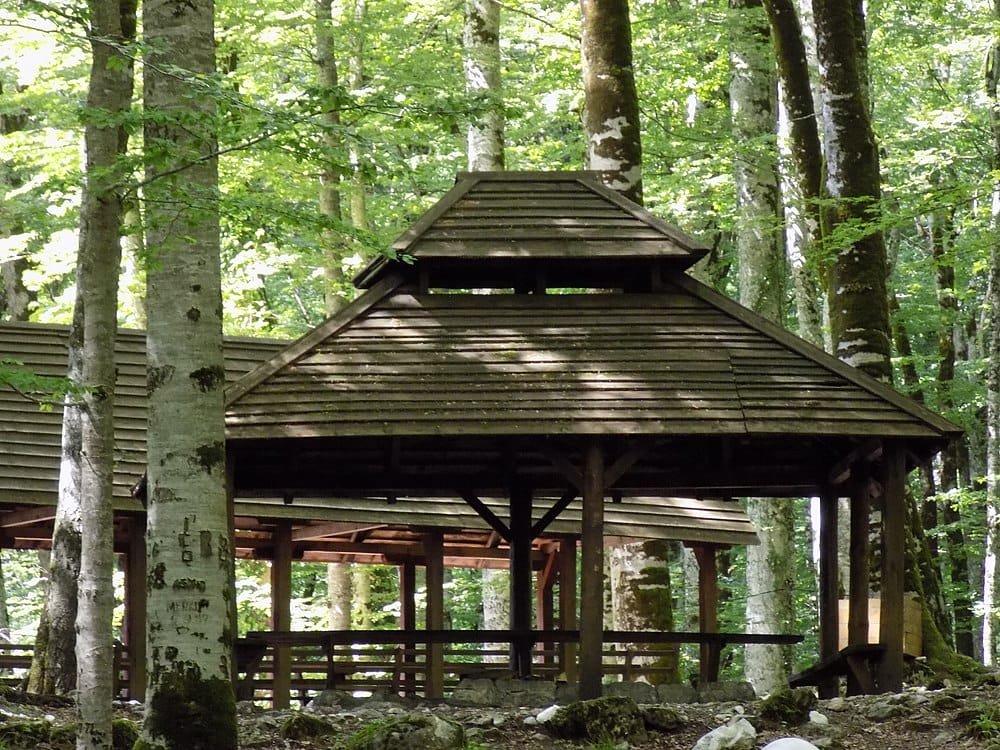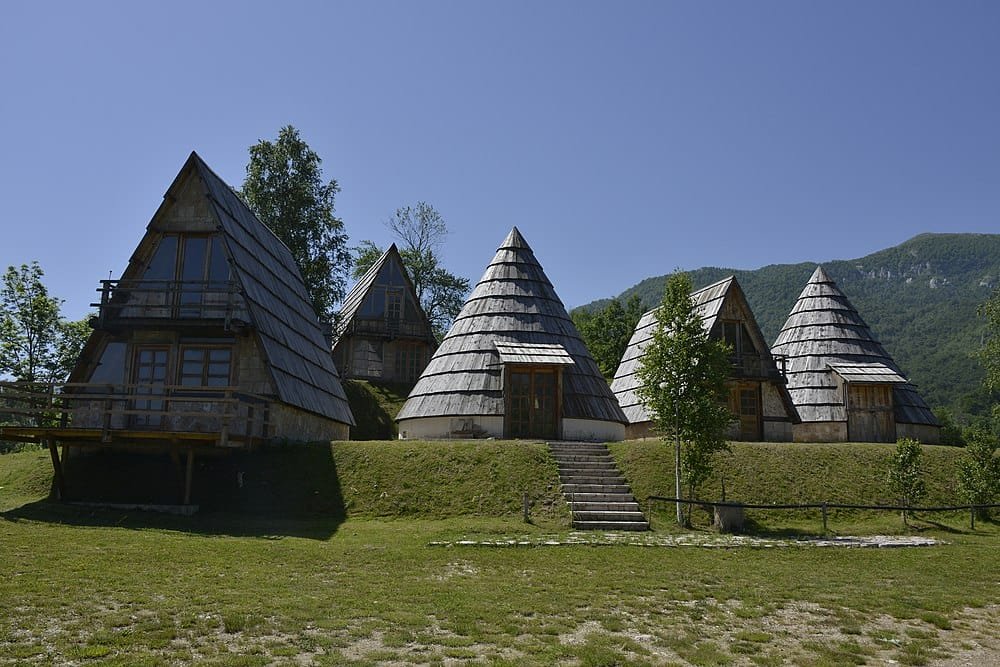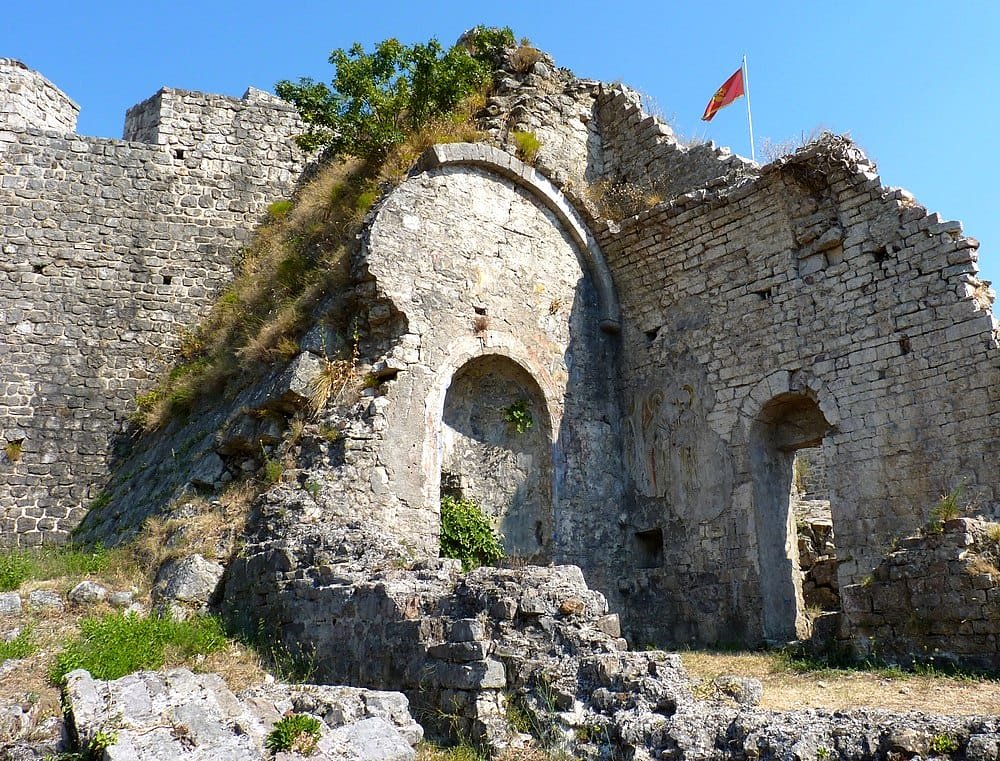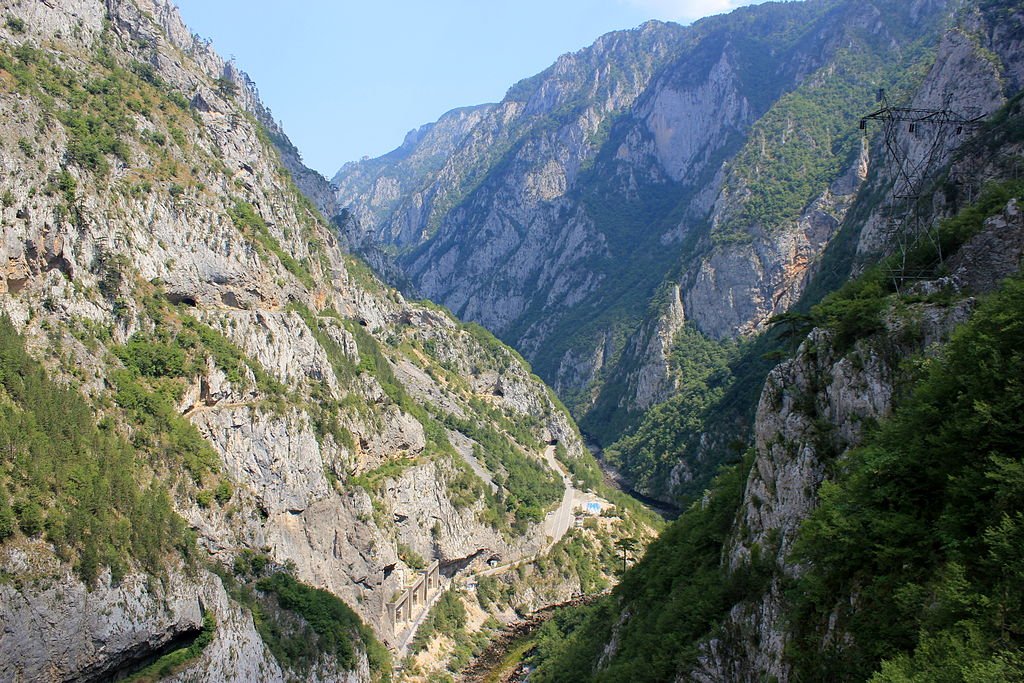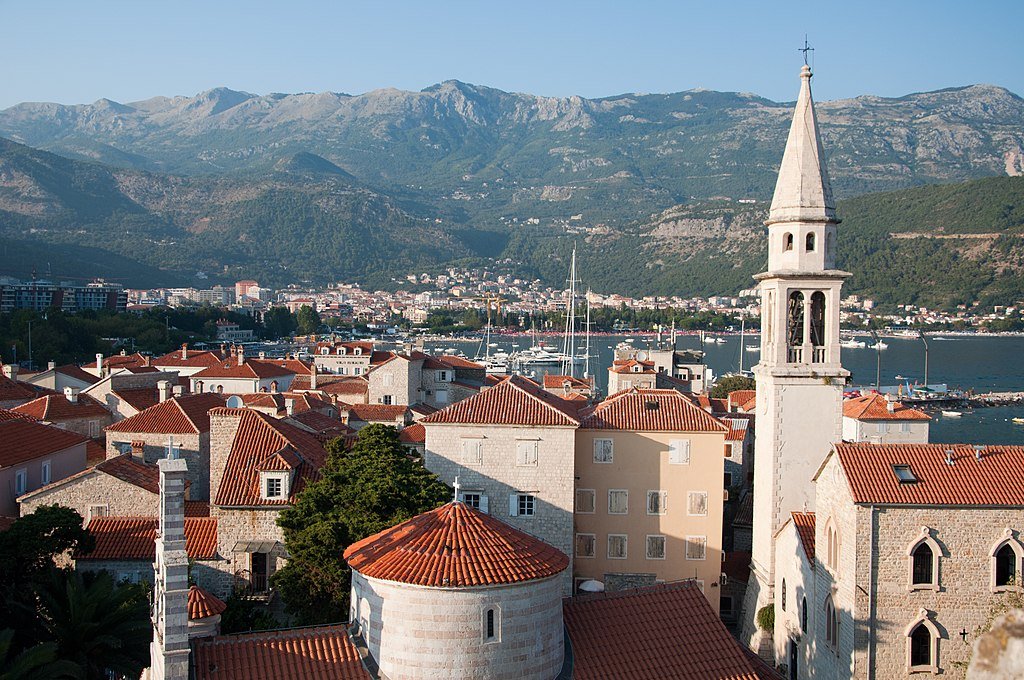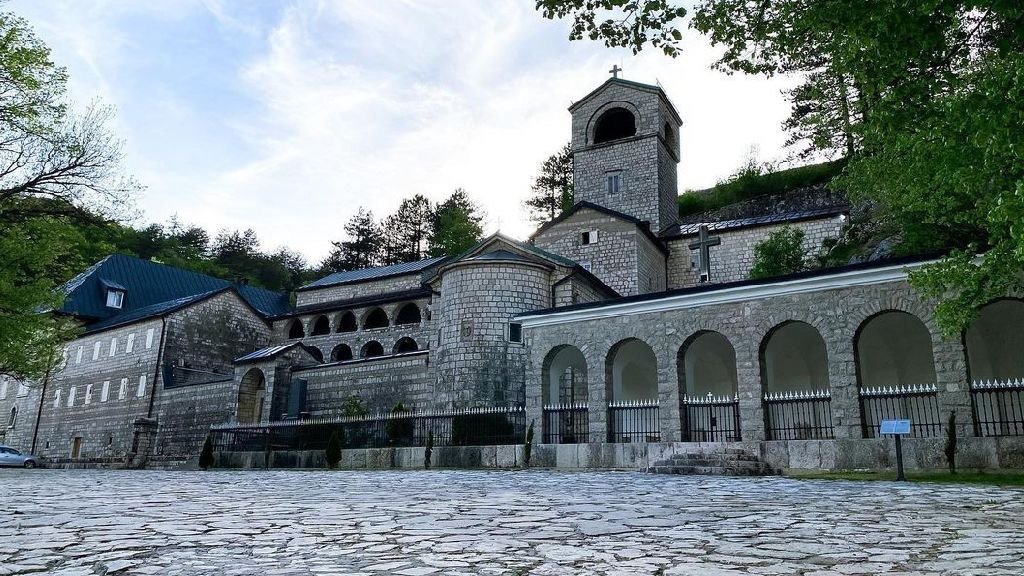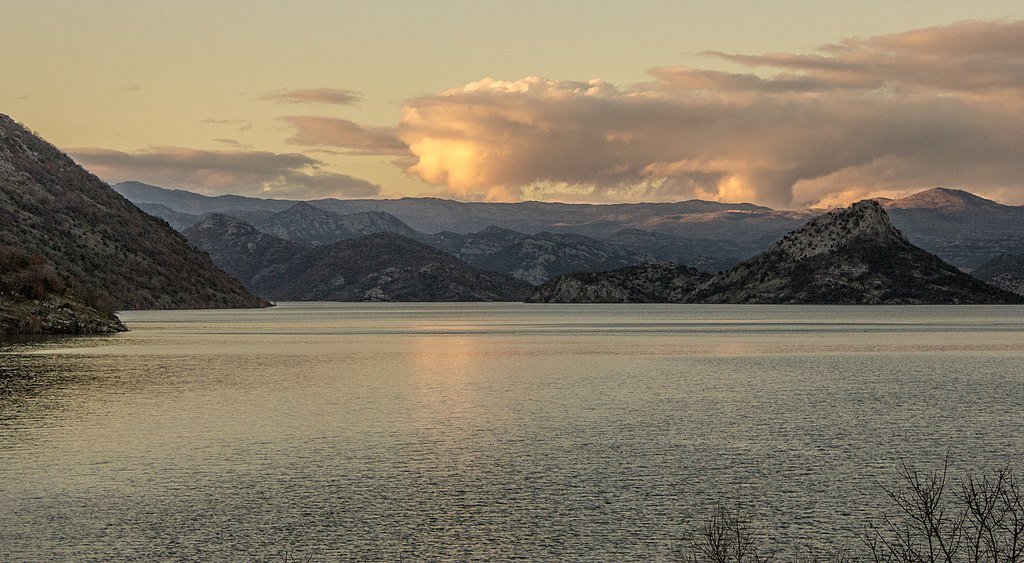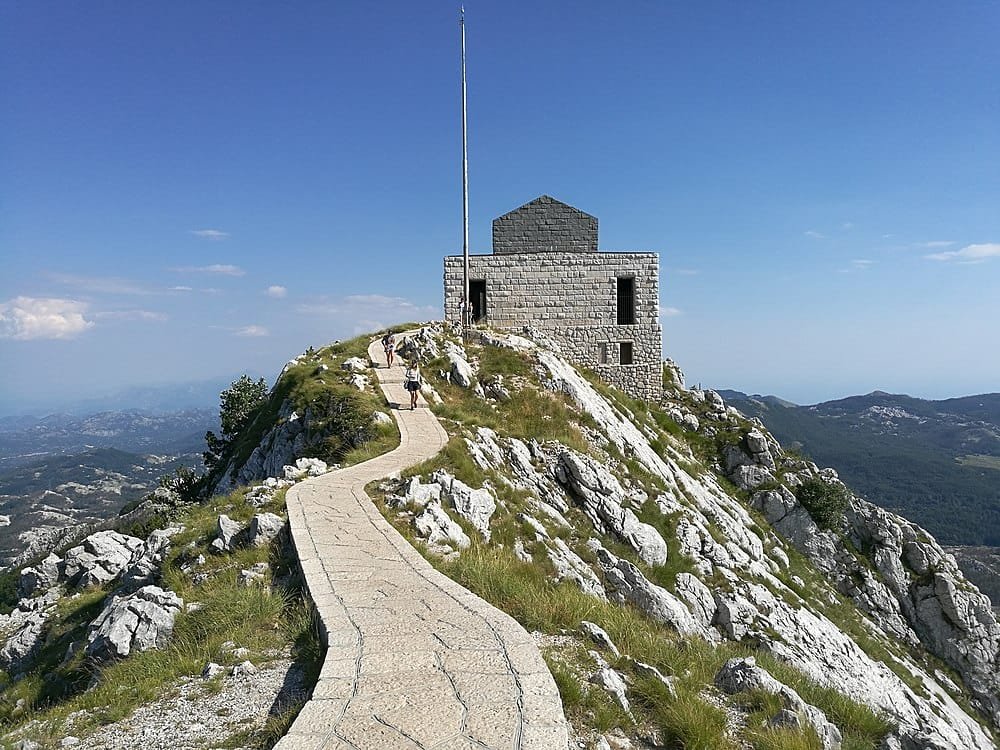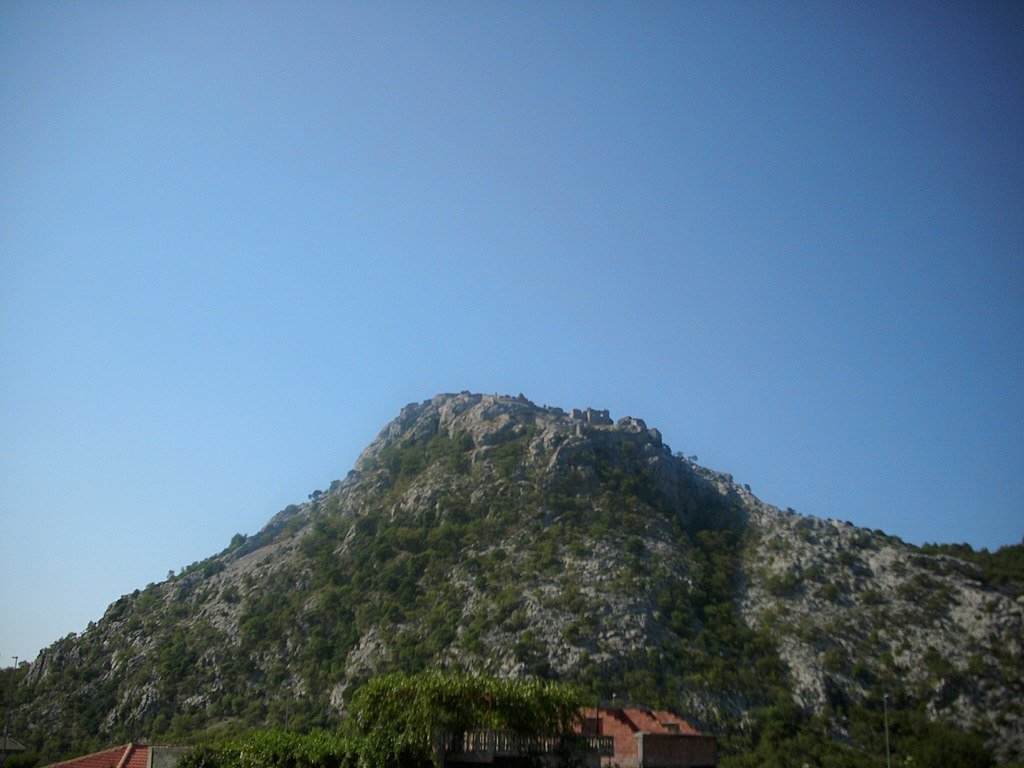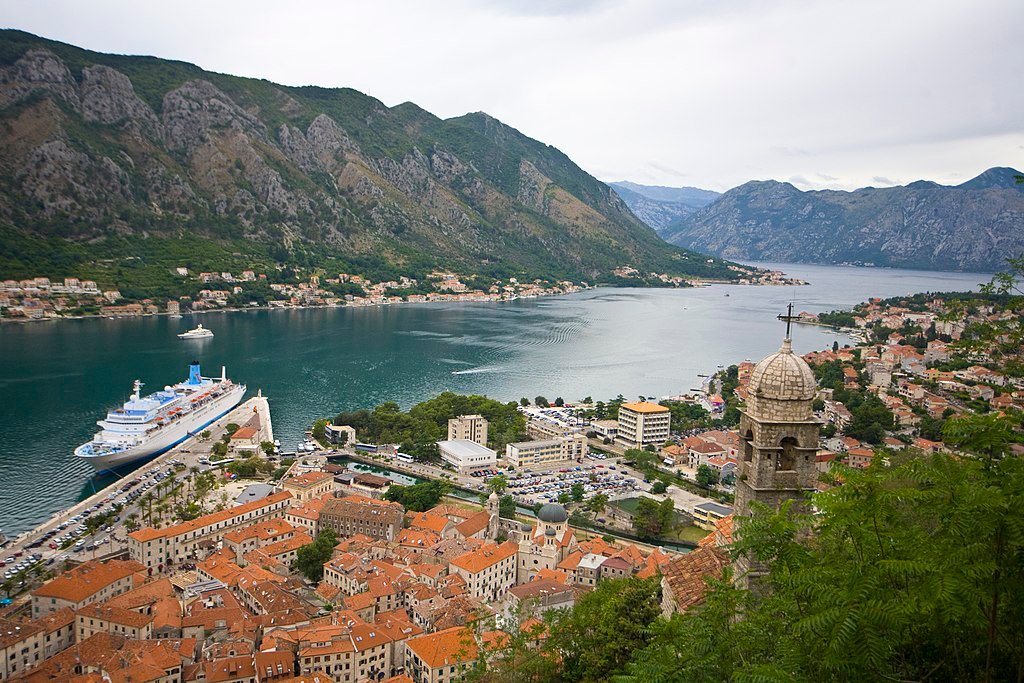
15 Best Places to Visit in Montenegro
Black Mountain, or Montenegro, can be reached by car in less than a day, but you might stay there for months and still not want to leave. There is a lot of natural beauty all over the country, like bright flowers, lush pine forests, tall peaks that rise out of clear waterways, and an azure sea. Along its roughly 100-kilometer length, Montenegro is dotted with historic walled towns and homes with orange roofs that are picture-perfect at every turn. Roman villas, Orthodox monasteries, Catholic churches, mosques, and historic fortifications are all part of the region’s rich cultural legacy. Because it has always been situated culturally between the east and the west, Montenegro combines the best features of both. This is a period of European history that is absolutely unique, especially if you count the 50 years it spent as a communist state. And what will you cherish the most? Evening strolls are a common thing for Montenegrins to do in all of the country’s towns. You’ll hear the term “magical” a lot.
- Biogradska Gora National Park
- Tivat and Porto Montenegro
- Perast
- Bay of Kotor
- National Park Durmitor
- Stari Bar
- The Ostrog Monastery
- Piva Canyon
- Budva
- Sveti Stefan
- Cetinje
- Skadar/Scadar/Scutari Lake
- Tara River and Canyon
- Lovcen National Park and Njegos Mausoleum
- Haj-Nehaj
Biogradska Gora National Park
National Park Biogradska Gora is situated between the Tara and Lim rivers. Old forests, crystal lakes, and magnificent pastures can all be found here. However, there is something absolutely amazing at the park’s center. The virgin woodland comes first. And Biogradska Lake, a truly beautiful glacier lake, is in the middle of this amazing, untouched forest. The park has six glacial lakes, mountain tops that are over 2,000 meters high, sacred monuments, ancient sites, and a number of buildings with traditional architecture. The 200 plant species, 26 unique habits, 150 bird species, and 10 different types of mammals will appeal to nature lovers.
Tivat and Porto Montenegro
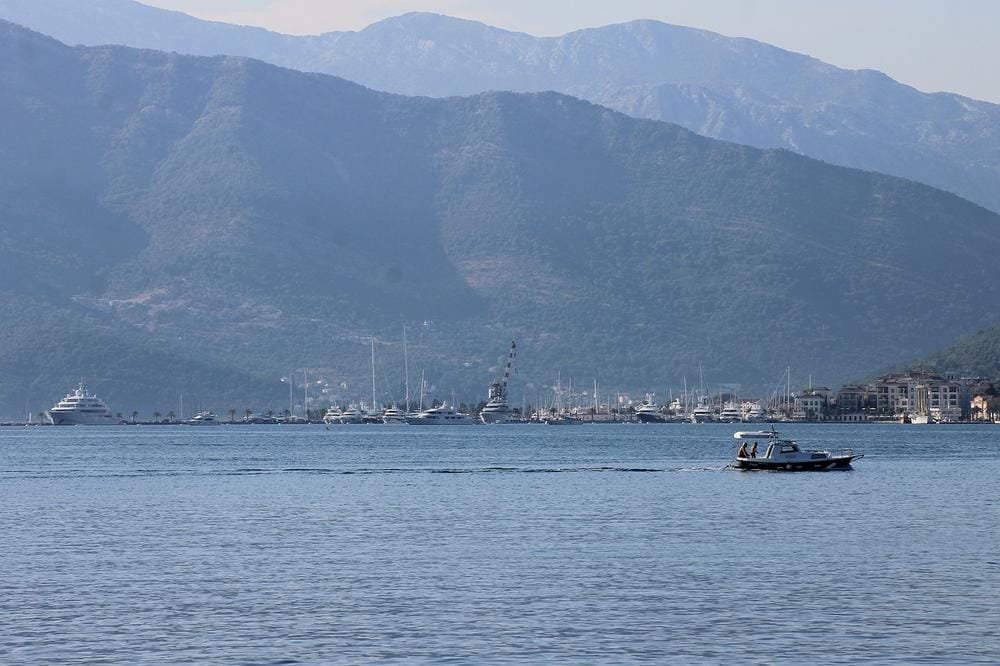
Porto Montenegro is located in the Bay of Kotor, one of the most breathtaking marine areas on the planet. On the remains of the former Yugoslavian naval base, this cutting-edge marina was constructed. More than 600 slots for yachts and super boats are available here. Walking around Porto Montenegro will undoubtedly leave you speechless. The beachfront neighborhood that has grown up around the location is ideal for a retreat. There are rentals right on the water, amazing hotels and restaurants, terrific shopping, and a ton of water activities. Some refer to the region as “the new Monaco” since it can berth opulent mega yachts.
Perast
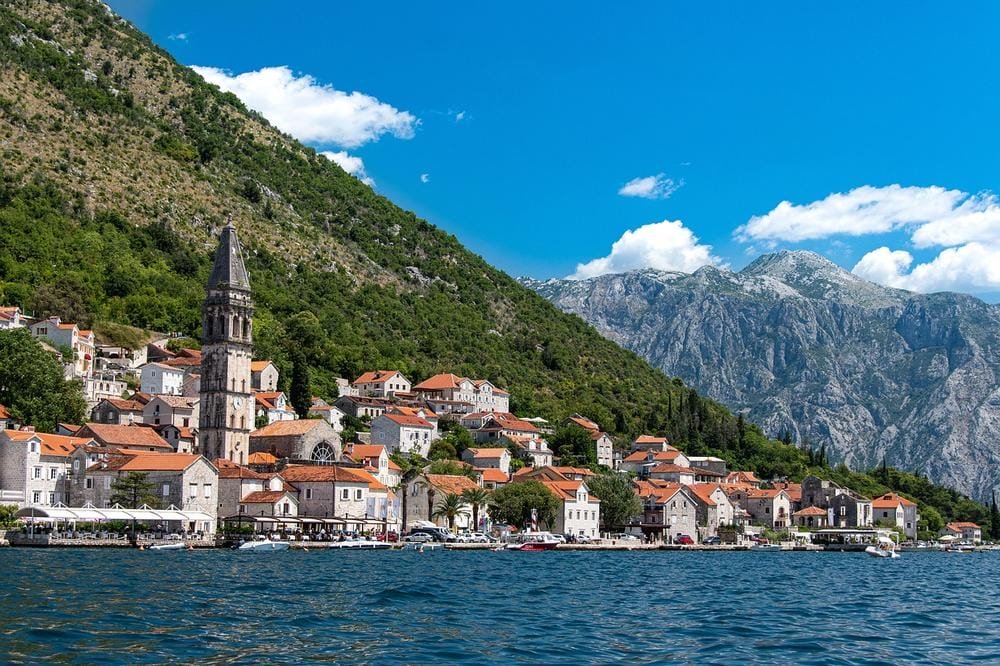
One of the most breathtaking locations in the entire Boka Bay is Perast, which is only a few kilometers from Kotor. UNESCO has recognized this charming historic town as a World Heritage Site. Our Lady of the Rock, also known as Gospa od Skrpjela, is the main draw. It’s a tiny island in the bay with a wonderful church and museum. The taxi boat ride to the island is amusing in and of itself! One of the many seafood restaurants in Perast is the perfect way to round off your afternoon.
Bay of Kotor
One of the most popular tourist destinations in Montenegro, the Bay of Kotor and, by extension, the walled town of Kotor, has so much life and character. The area’s attractive old town and bustling harbor have earned it recognition as a UNESCO World Heritage Site. You can ascend the stronghold that overlooks the town’s 1500 steps if you’d like. The bay, which is also the largest natural harbor on the eastern Mediterranean Sea, is the most southern fjord in all of Europe. If you want a place to stay while you travel around the country, Kotor is the best choice.
National Park Durmitor
Durmitor, one of Montenegro’s five national parks, draws thrill-seekers of all stripes. It is possible to do mountaineering, hiking, biking, swimming, bungee jumping, skiing, snowboarding, rafting, and more in this stunning and unspoiled park in the north of the nation. Outdoor explorers come here in every season to experience the thrill and breathtaking natural beauty. This restaurant also serves delectable regional cuisine, rounding out your visit to Montenegro.
Stari Bar
Stari Bar, which was once a part of the Roman Empire, served as the political and economic hub for the local Byzantine population. The remains of that long-ago epoch can now be seen perched atop precipitous rock sides that can be reached only from one location. Inside, there is a modest museum with displays of artifacts from as far back as 800 B.C. It will also give you a fantastic account of the area’s history, including the bombing campaign carried out by Montenegro in the 19th century in an effort to retake the town from the Turks. Visit the 11th-century stronghold, St. Nicholas’ Church with its Serbo-Byzantine frescoes, and St. George’s Cathedral, which is named for Stari Bar’s patron saint. If you’re interested in Ottoman architecture, look at the Turkish bathhouse, the clock tower, and the 17th-century aqueduct that brought water from 3 km outside of town.
The Ostrog Monastery
Lighted Ostrog Monastery is located 900 meters above Zeta Valley. For Orthodox Christians, it is the most significant religious site in Montenegro. Annually, up to one million people visit this weird and intriguing location. Pilgrims are provided free mats to sleep on in front of the Upper Monastery during the busy summer months. Because of the mystery surrounding how it was built, this beautiful monastery is often called “St. Vasilije’s miracle.” It looks like it grew right out of the rock and was finished in the 1600s. Enjoy the Holy Trinity Church’s frescoes and the nearby natural spring, where you can take a drink and be blessed.
Piva Canyon
Getting to Piva Canyon is a fun part of the experience. The road dances with the river and, in a few places, clings precariously to the cliff. 56 tunnels that were cut out of the mountain after World War II must be traversed. Still, when you get there, you’ll be rewarded with a beautiful view of Lake Piva, which is in the Piva Canyon. You should go to Piva Monastery, which was laboriously transferred to a higher location over the course of 11 years when the Pluine hydroelectric dam was constructed. Both camping and rafting are ideal there.
Budva
Budva, located on the Adriatic Sea and part of the Budva Riviera, is well-known for its sand beaches and vibrant nightlife. This is the spot you want to be if you want to have a good time and party. Take a stroll through Stari Grad, or Old Town, one of the most picturesque areas of the city, before the party gets going. The historic district has a seaside fort and the Church of Santa Maria in Punta, which was built in the 9th century. In Budva, there are a lot of million-dollar yachts, and a walk through the marina is a great way to daydream and decide which boat you like best.
Sveti Stefan
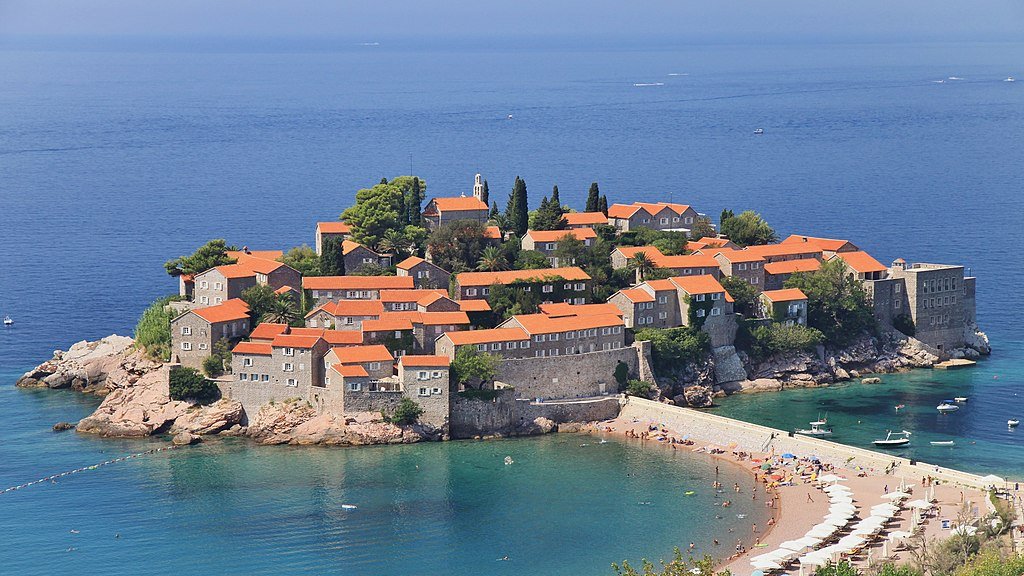
Sveti Stefan, a tourist landmark in Montenegro, is located fifteen minutes from Budva. The small island, which is popular with celebrities, used to be a fishing village, and the old town hasn’t changed much, with its winding streets, tiny churches, and family-run stores. Sveti Stefan saw a significant decrease in the 20th century (just 20 people were counted there in 1954), but in the 1960s a group of visionaries turned the town into one of the most alluring and opulent travel destinations in the entire Mediterranean. The island can only be visited if you are a resort guest, while the north and south beaches are accessible to everyone all year.
Cetinje
The former capital of Montenegro is now a backpacker’s paradise. This is because of the amazing mountain range that is right behind Kotor and Perast. In Cetinje’s central plaza is the old home of King Nikola, which is now a museum. In reality, there are a number of walking-distance museums in the city. The Cetinje Monastery, which was first constructed in the 15th century, is the main draw here. Despite the fact that it has been destroyed numerous times throughout the ages and that its present form originated in the 18th century. A piece of the True Cross and St. John the Baptist’s mummified right hand are both on display here.
Skadar/Scadar/Scutari Lake
The largest lake on the Balkan Peninsula is Skadar. It’s a little difficult to pinpoint precisely, but it’s about 400 square kilometers. It is owned by both Albania and Montenegro. Since the early 1980s, it has been a national park. The atmosphere is ideal for outdoor enthusiasts looking for a more relaxed setting. You can watch birds, go to cultural and historical sites, go to festivals, cruise, do water sports, and do a lot more. One of Montenegro’s most picturesque locations is Skadar.
Tara River and Canyon
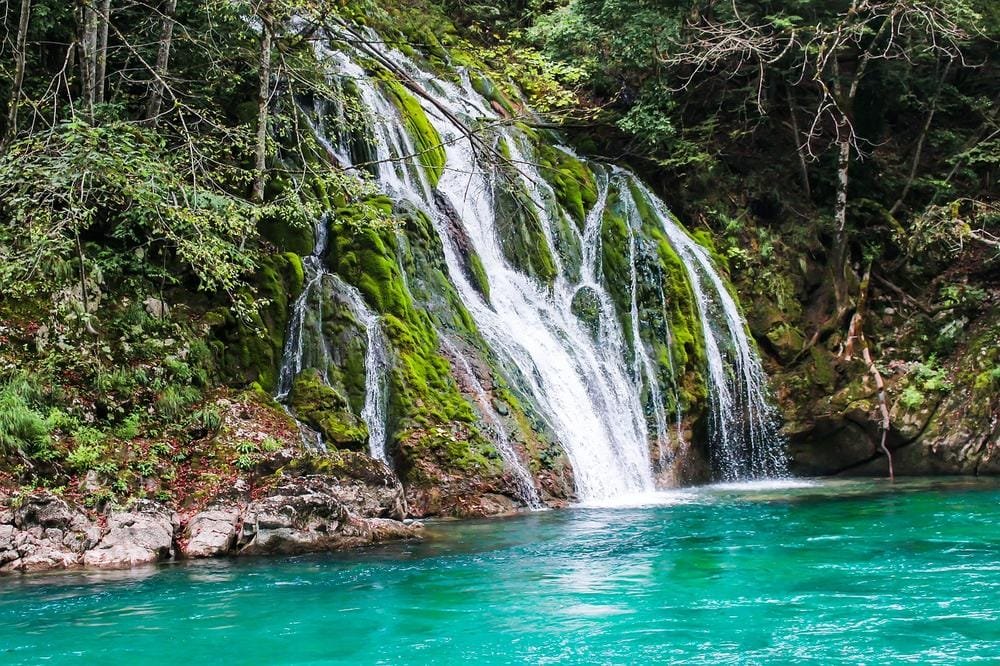
Tara Canyon, also referred to as the “Tear of Europe,” is a stunning sight, second only to the Colorado River Canyon. The river’s erosion of the canyon has sculpted its untamed natural splendor. River trails, spectacular gorges, waterfalls, and even peaceful river stretches are all to be found. UNESCO designated Tara Canyon as a World Heritage Site. It is 1300 meters deep. If you need some perspective, the American Grand Canyon is about 1500 meters wide. Rafting down the Tara River is one of Montenegro’s most popular tourist attractions. For those who favor outdoor pursuits, Mt. Curevac, which rises to a height of 1625 meters, is a great place to go hiking.
Lovcen National Park and Njegos Mausoleum
The magnificent Lovcen National Park, with its crowning achievement being the majestic Mount Lovcen’s height of 1750 meters, is only 40 minutes away from Cetinje. In addition to enjoying the natural surroundings, most tourists travel to Lovcen to see the Njegos Mausoleum. The mausoleum, where Petar II Petrovic Njeos’ remains are kept, is situated on Mount Jezerski, the second-highest peak in the park. The actual mausoleum is carved out of the mountain and covered in marble. The final 500 or so steps require walking, but they are worthwhile. You can see virtually the entire country on a clear day, and it’s breathtaking. Even George Bernard Shaw questioned, “Am I on the moon or in paradise?”
Haj-Nehaj
It is one of the most beautiful fortifications in the country. It was built by the Venetians in the 15th century to protect the country from the Ottoman Empire. It requires a steep, incredible 30-minute hike through the forests to get there. You ultimately reach the gate and the fortress rising behind it along the stone road. Another iconic structure that will make you wonder how in the world it was constructed is this one. As you make your way across a grassy meadow covered in wildflowers and sage, you can investigate the remains inside. St. Demetrius’ Church is located above the fortification (13th century). There used to be separate Orthodox and Catholic altars there before the fortification was built.


